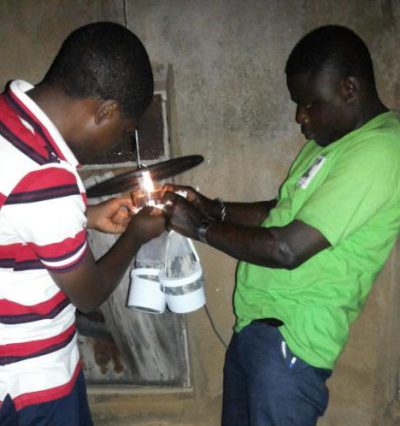AIRS builds Nigeria’s capacity in entomological monitoring, reinvigorating the country’s fight against malaria.
“For the first time in Nigeria, we have a project [AIRS] that has supported the National Malaria Program in establishing trends for malaria vector surveillance, built capacity for state and national malaria vector officers, and piloted the establishment of a first ever harmonized Integrated Vector Management document.”
– Dr. Joel Akilah
Head, IVM Branch, National Malaria Elimination Program, Nigeria
In 2014, the President’s Malaria Initiative’s (PMI’s) Africa Indoor Residual Spraying (AIRS) Project began supporting the NMEP to build their capacity for entomological monitoring. The AIRS Project, funded through the U.S. Agency for International Development (USAID), assisted the NMEP in establishing six mosquito surveillance sites in Nigeria. The sites are located in Lagos, Rivers, Enugu, Nasarawa, Plateau, and Jigawa States. Partnering with research institutions in the states where the sites are located, the AIRS Project was able to secure the personnel needed to oversee the sites. The project then trained the scientists responsible for each site and provided them with the needed equipment and modern technology to document their findings. While an extensive amount of planning and commitment on the part of the project team and the NMEP was required to make these sites successful, it has reaped great results.
The country now has a profile of the various types of mosquitoes that transmit malaria across its five ecological zones. Furthermore, information on the response of mosquitoes across the country to the WHO-approved insecticides for malaria vector control is now known. This information will allow the NMEP to make evidence-based decisions in integrated vector management.
In a country where malaria costs an estimated N480 billion Naira (nearly USD3 billion) annually in prevention, treatment costs, and loss of work, this new local capacity is re-invigorating the country’s fight against malaria.
This story was taken from www.africairs.net

